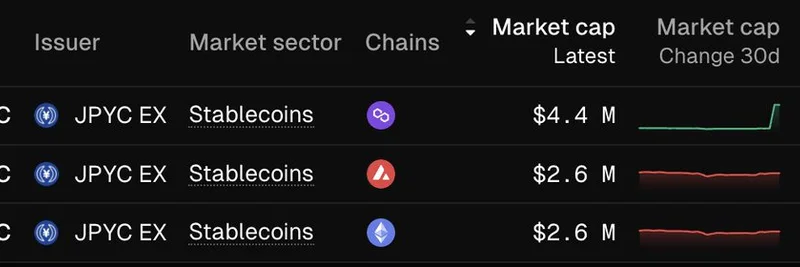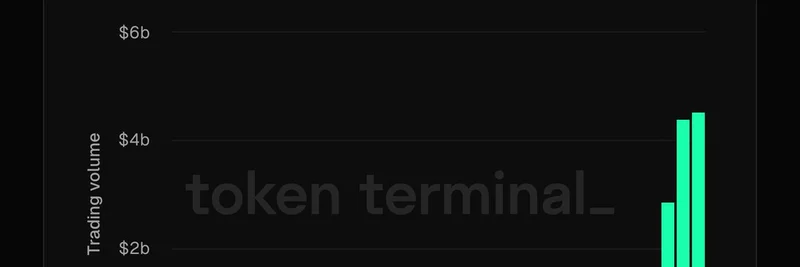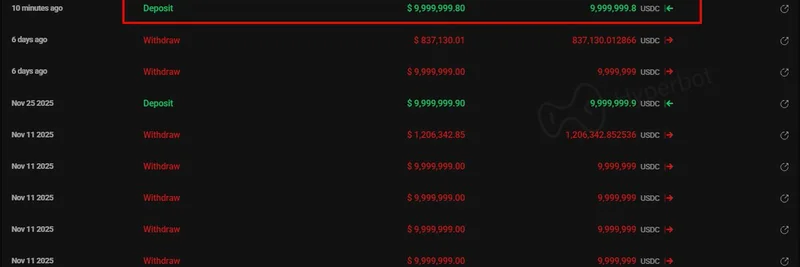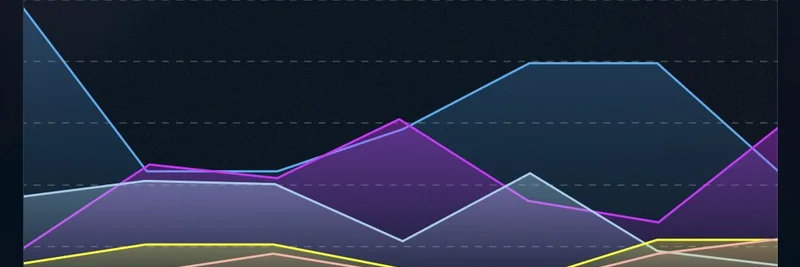The Solana ecosystem is making waves with its ambitious infrastructure projects, particularly in the realm of network performance and reliability. A recent tweet by vibhu highlights a significant development: companies within the Solana ecosystem are literally building dedicated subsea and terrestrial fiber lines for validators. This move is a testament to Solana's commitment to staying "lightyears ahead," a phrase famously associated with Joe Lacob's bold statement about the Golden State Warriors.
The Significance of Dedicated Fiber Lines
For those unfamiliar with blockchain technology, validators are crucial nodes that process transactions and maintain the integrity of the network. The speed and reliability of these validators are paramount for the overall performance of the blockchain. By investing in dedicated fiber lines, Solana aims to reduce latency and improve the efficiency of data transmission between validators.
What Are Dedicated Fiber Lines?
Dedicated fiber lines refer to high-speed, low-latency connections that are exclusively used for specific purposes, in this case, facilitating communication between Solana validators. Unlike shared internet connections, these lines are not subject to the variability and congestion that can affect public networks. This ensures that validators can communicate almost instantaneously, which is critical for maintaining the high throughput that Solana is known for.
Subsea and Terrestrial Fiber Lines
The distinction between subsea and terrestrial fiber lines is important. Subsea fibers run under the ocean, connecting different continents and regions, while terrestrial fibers are laid on land. Both types are essential for creating a global, interconnected network that can support the decentralized nature of blockchain technology. The combination of these fibers ensures that Solana's validators can communicate efficiently, regardless of their geographical location.
Why This Matters for the Solana Ecosystem
The initiative to build these fiber lines is part of a broader strategy to enhance Solana's market microstructure, as outlined in a recent thread by Solana. The thread details a two-year roadmap aimed at improving the speed and precision of Solana's markets, making them comparable to centralized trading systems. Key points include:
- Improved Market Microstructure: Beyond just increasing bandwidth and reducing latency, Solana is focusing on deep liquidity and fast, credible prices.
- Application Controlled Execution (ACE): This technology gives smart contracts millisecond-level control over transaction ordering, enhancing efficiency and trust.
- Short-term Upgrades: Initiatives like Jito's Block Assembly Marketplace (BAM) add privacy layers and improve execution speeds.
- Medium-term Enhancements: Projects like DoubleZero aim to lower latency by up to 200 milliseconds and boost bandwidth by 10x.
- Long-term Vision: By 2027, Solana envisions multiple concurrent leaders and protocol-level ACE, aiming for faster price discovery, real-time order book updates, and tighter spreads.
The construction of dedicated fiber lines aligns perfectly with these goals. It addresses the physical infrastructure layer, ensuring that the technological advancements can be fully realized without being bottlenecked by network limitations.
The Broader Implications
This development is not just about Solana; it represents a broader trend in the blockchain industry towards vertical integration and infrastructure investment. As Sergius Trading points out, while other blockchains may debate theoretical aspects, Solana is taking concrete actions to build the future of decentralized finance (DeFi).
For Blockchain Practitioners
For those in the blockchain space, this is a reminder of the importance of infrastructure. While much attention is often paid to smart contracts, tokens, and dApps, the underlying network infrastructure is equally critical. Solana's approach demonstrates that investing in physical infrastructure can yield significant returns in terms of network performance and user experience.
For Meme Token Enthusiasts
Even for those focused on meme tokens, understanding the underlying infrastructure is crucial. The performance of a blockchain directly impacts the scalability and reliability of meme token projects. As Solana continues to improve its infrastructure, it could become an even more attractive platform for meme token launches and trading.
Conclusion
The Solana ecosystem's decision to build dedicated subsea and terrestrial fiber lines for validators is a bold step towards enhancing blockchain infrastructure. It underscores Solana's commitment to innovation and its vision of becoming the default financial infrastructure for global liquidity. As the network continues to evolve, these improvements will likely have far-reaching implications for the entire cryptocurrency landscape, making Solana a key player in the future of decentralized finance.
For more insights into the latest developments in the blockchain and meme token space, stay tuned to Meme Insider.




